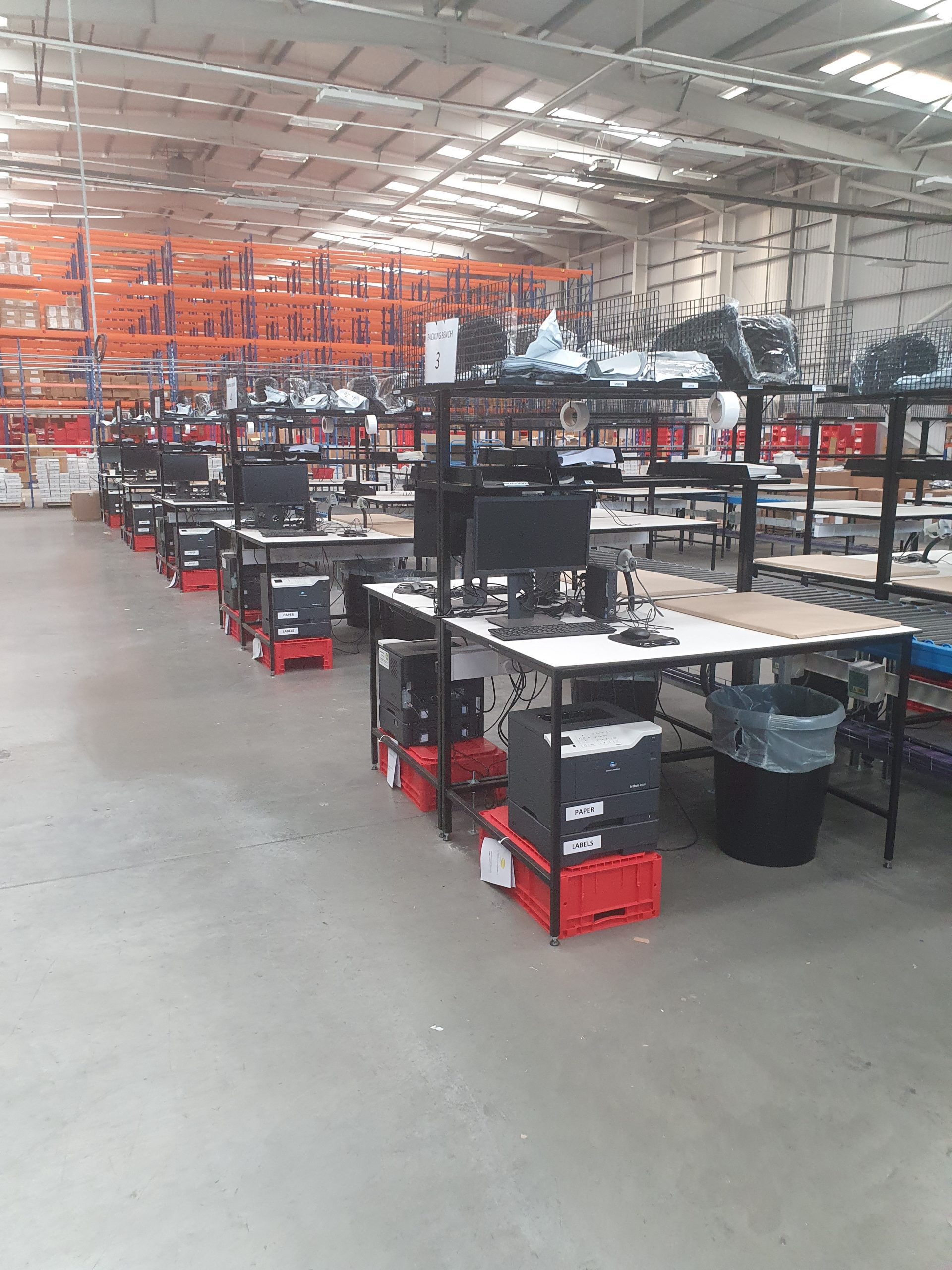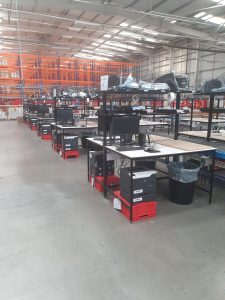Your basket is currently empty!

New report highlights limitations of automating the warehouse
27/10/2025 by Mark
A new report by Prological on the future of warehouses examines the issue of automation. It notes that many existing warehouses were designed many years ago and are not suitable for the requirements of modern automation equipment.
Warehouses built over 25 years ago were designed around the needs of manual labour, with roof heights between 8 and 9 metres. Newly built automated warehouses can reach heights of around 50 metres. If the height is extended, the floors may not be able to bear the extra load.
Adapting an existing warehouse for automation can add up to 30% more to the cost compared with a newly built warehouse. Though labour costs can be saved, running automated machinery uses more electricity and increases energy bills. The energy capacity of the warehouse may need updating.
Prological makes a case for automating some warehouses, but shows that it takes detailed strategic planning and can be very costly. Sean Ledbury, Director at Prological, says:
“Customers often start with great enthusiasm about fixing all their current problems, only to discover months down the track that the building height is insufficient, floors can’t bear the loads, or there isn’t adequate power infrastructure.”
For a small to medium-sized warehouse operating in an older property, the cost of converting to fully automated systems may make the process impractical. An alternative is to continue to buy manual handling equipment from a warehouse equipment supplier, but add item location aids, picking journey planners, conveyor belts, and warehouse management software that improves picking speeds and order accuracy.
You may also interested in:

How repairing damaged warehouse equipment beats replacing entirely
A White Paper by Southgate Global has detailed how repairing warehouse equipment instead of
Warehouse operators warned about energy compliance crisis
New energy regulations could render some warehouse space unusable by 2030 due to
